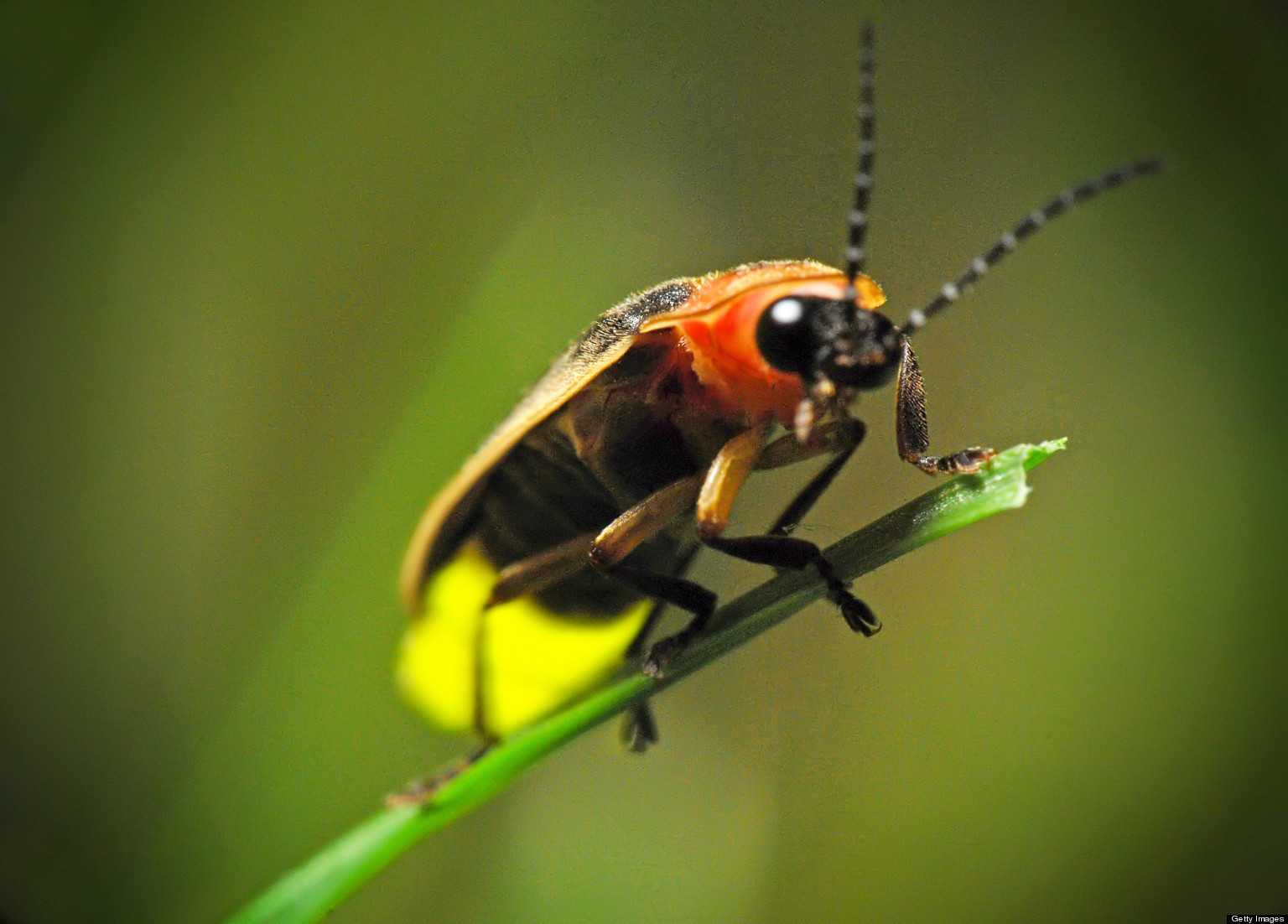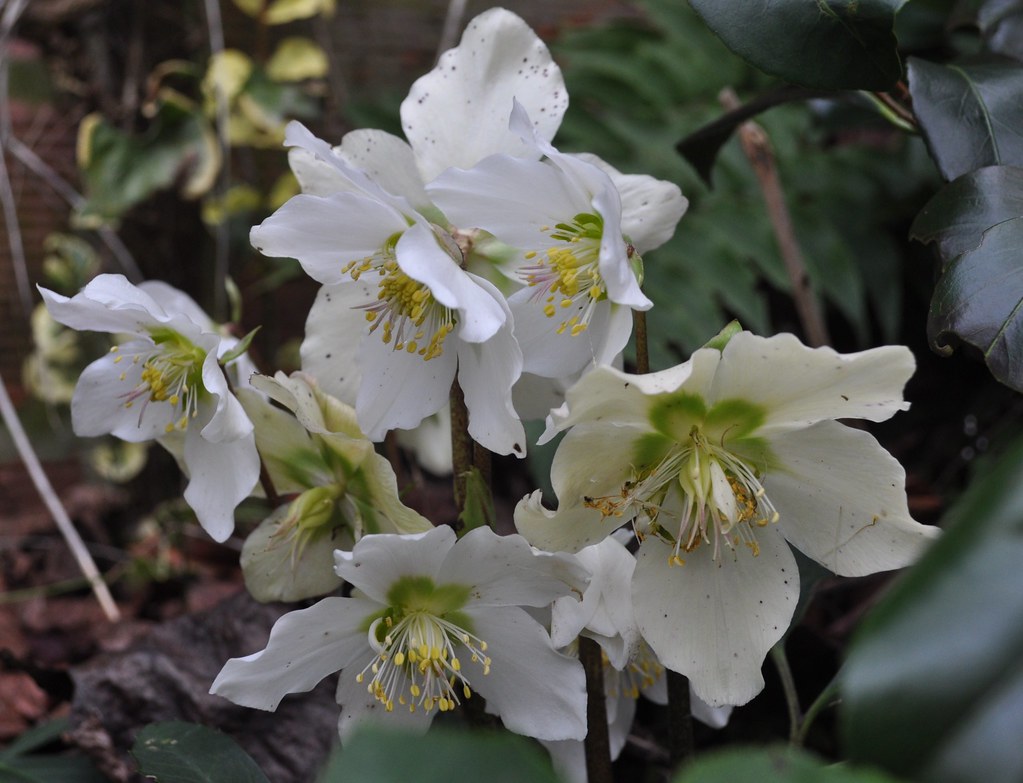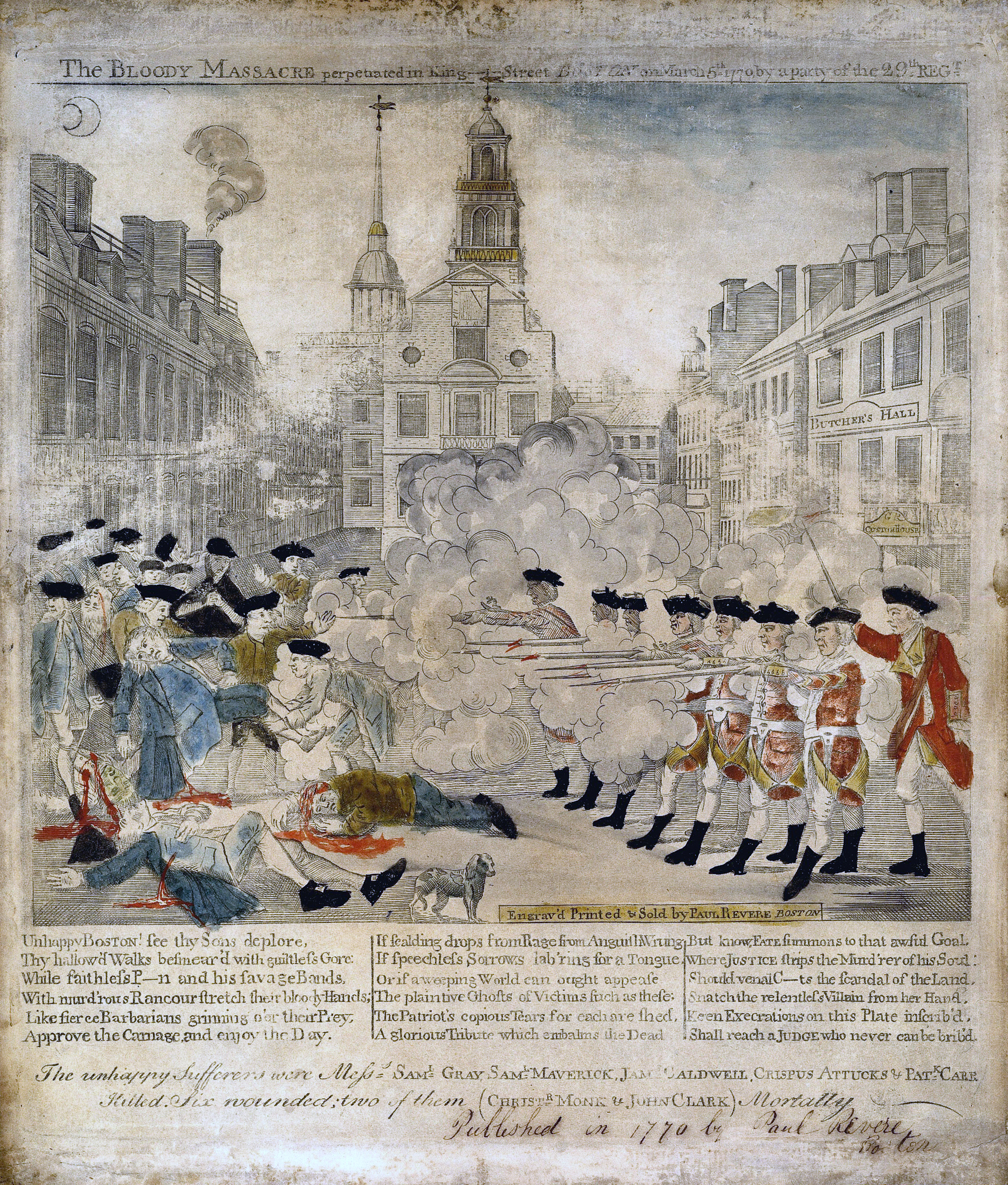Friday Fun Facts - 3/28/2014

Here are this week's Friday Fun Facts about Diana Gabaldon's books.

1) The photo above shows a firefly, from the family Lampyridae. (Photo credit: Huffington Post)
Fireflies lit the grass, the trees, and floated through the heavy air in a profusion of cool green sparks. One lighted on Brianna’s knee; she watched it pulse, on-off, on-off, and listened to her husband telling her he meant to be a minister.What makes fireflies light up? From Wikipedia:
(From A BREATH OF SNOW AND ASHES by Diana Gabaldon, chapter 52, "M-I-C-". Copyright© 2005 by Diana Gabaldon. All rights reserved.)
Light production in fireflies is due to a type of chemical reaction called bioluminescence. This process occurs in specialized light-emitting organs, usually on a firefly's lower abdomen.It's thought to be used in the selection of a mate.
Here's a brief video about fireflies. For more about fireflies, look here and here.

2) Black hellebore (scientific name Helleborus niger) has been used since ancient times as an abortifacient, among other things. (Photo credit: Chaufglass, on Flickr.)
"Barberry leaves, three handfuls in a decoction, steeped overnight, poured over half a handful of black hellebore." I laid the list of ingredients down on the inlaid table as though it were slightly slimy to the touch. "I got it from Madame Rouleaux. She's the best of the angel-makers, but even she says it's dangerous. Louise, are you sure you want to do this?"A MODERN HERBAL, a 1931 book that Diana Gabaldon uses as a reference, describes the medicinal uses of hellebore as follows:
Her round pink face was blotched, and the plump lower lip had a tendency to quiver.
"What choice do I have?" She picked up the recipe for the abortifacient and gazed at it in repulsed fascination.
"Black hellebore," she said, and shuddered. "The very name of it sounds evil!"
"Well, it's bloody nasty stuff," I said bluntly. "It will make you feel as though your insides are coming out. But the baby may come, too. It doesn't always work."
(From DRAGONFLY IN AMBER by Diana Gabaldon, chapter 13, "Deceptions". Copyright© 1992 by Diana Gabaldon. All rights reserved.)
The drug possesses drastic purgative, emmenagogue and anthelmintic properties, but is violently narcotic. It was formerly much used in dropsy and amenorrhoea, and has proved of value in nervous disorders and hysteria. It is used in the form of a tincture, and must be administered with great care. Applied locally, the fresh root is violently irritant.For more information about black hellebore, look here.

3) A fleam was a device used for centuries in the practice of bloodletting. (Photo credit: dbookmerchant.com)
[Brianna] raised the fleam and made a large, slow sign of the cross with it, looking from side to side, to be sure she had the attention of all the onlookers. She did; they were agog. Towering over most of the gawkers, blue eyes narrowed in concentration, she reminded me strongly of Jamie in some of his more bravura performances. I could only hope she was as good at it as he was.According to this site, George Washington died as a result of excessive bloodletting:
"Bless this blade, for the healing of your servant," she said, casting her eyes up to heaven, and holding the fleam above the fire in the manner of a priest offering the Eucharist. Bubbles were rising through the water, but it hadn't quite reached the boil.
"Bless its edge, for the drawing of blood, for the spilling of blood, for the...er...the letting of poison from the body of your most humble petitioner."
(From THE FIERY CROSS by Diana Gabaldon, chapter 3, "Bilious Humours". Copyright© 2001 by Diana Gabaldon. All rights reserved.)
On December 13, 1799, George Washington awoke with a bad sore throat and began to decline rapidly. A proponent of bloodletting, he asked to be bled the next day, and physicians drained an estimated 5 to 7 pints in less than 16 hours. Despite their best efforts, Washington died on December 17, leading to speculation that excessive blood loss contributed to his demise.

Here's another example of an 18th century fleam, engraved with the initials WAS. (Photo credit: antiquescientifica.com)

4) This month marks the 244th anniversary of the Boston Massacre, which took place on March 5, 1770. Here is Paul Revere's famous engraving depicting the massacre. Click on the picture to see a larger view.
Here is Lord John's account of the events, from A BREATH OF SNOW AND ASHES:
Boston is by all Accounts a perfect Hellhole of republican Sentiment, with so-called "Marching Societies" at large in the Streets in every Weather, these being no more than an Excuse for the Assembly of Mobs, whose chief Sport is the tormenting of the Troops quartered there.It seems only natural that Lord John, a career soldier and former Lieutenant-Colonel in the British Army, would be outraged at the ill-treatment of British soldiers in Boston, and sympathetic to the plight of Bobby Higgins, who was convicted of manslaughter and branded as punishment. I have always been quite entertained by the notion that Bobby Higgins would have met John Adams, who defended the British soldiers at their trial.
[....]
A Patrol of five Soldiers was so beset one Evening, pursued not only by insults of the grossest Nature, but by hurled Stones, Clods of Earth and Dung, and other such Rubbish. Such was the Press of the Mob around them that the Men feared for their Safety, and thus presented their Weapons, in hopes of discouraging the raucous Attentions rained upon them. So far from accomplishing this Aim, the Action provoked still greater Outrages from the Crowd, and at some Point, a Gun was fired. No one can say for sure whether the Shot was discharged from the Crowd, or from one of the Soldier's Weapons, let alone whether it were by Accident or in Deliberation, but the Effect of it...well, you will have sufficient Knowledge of such Matters to imagine the Confusion of subsequent Events.
(From A BREATH OF SNOW AND ASHES by Diana Gabaldon, chapter 8, "Victim of a Massacre". Copyright© 2005 by Diana Gabaldon. All rights reserved.)
You can learn more about the Boston Massacre at the official site of the Boston Massacre Historical Society.

5) Many of you will be familiar with mercury, used in old-fashioned thermometers as well as fluorescent lightbulbs. In the 18th century, it was known as quicksilver. (Photo credit: britannica.com)
"Three Bourbon cousins,” Raymond murmured to himself. He shepherded one of the drops toward another; as the droplets touched, they merged at once, a single shining drop springing into rounded life as though by magic. The prodding finger urged another droplet inward, and the single drop grew larger. “One blood. But one interest?”Mercury was widely used in the 18th century as a treatment for syphilis, giving rise to the saying, "One night with Venus, a lifetime with Mercury." It's also highly toxic. From Wikipedia:
The finger struck down again, and glittering fragments ran over the tabletop in every direction.
“I think not, madonna,” Raymond said calmly.
(From DRAGONFLY IN AMBER by Diana Gabaldon, chapter 20, "La Dame Blanche". Copyright© 1992 by Diana Gabaldon. All rights reserved.)
Symptoms [of mercury poisoning] typically include sensory impairment (vision, hearing, speech), disturbed sensation and a lack of coordination. The type and degree of symptoms exhibited depend upon the individual toxin, the dose, and the method and duration of exposure.For more about mercury, look here.
I hope you enjoyed these Friday Fun Facts! Look here to see all of my Friday Fun Facts blog posts. And please come back next week for more!







Comments